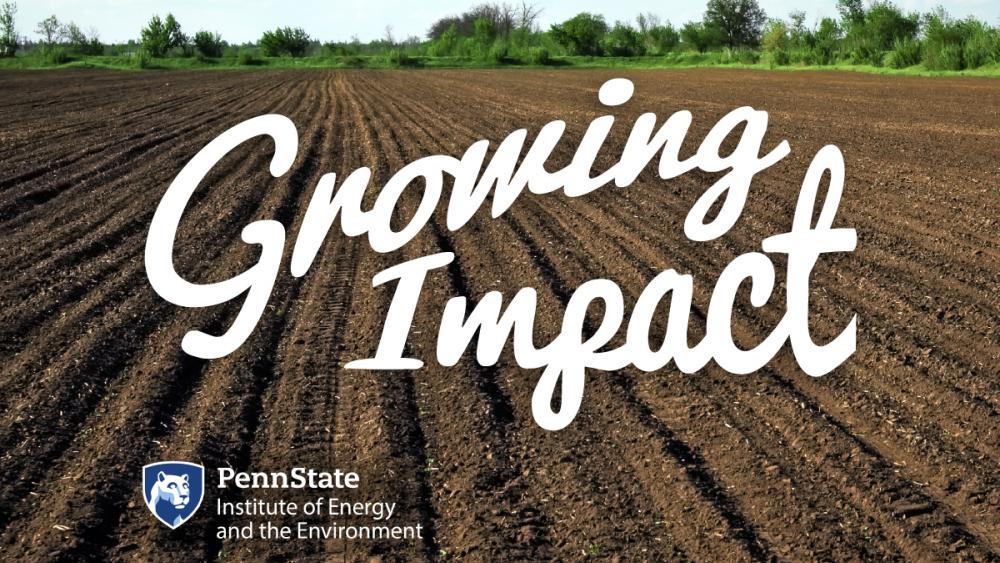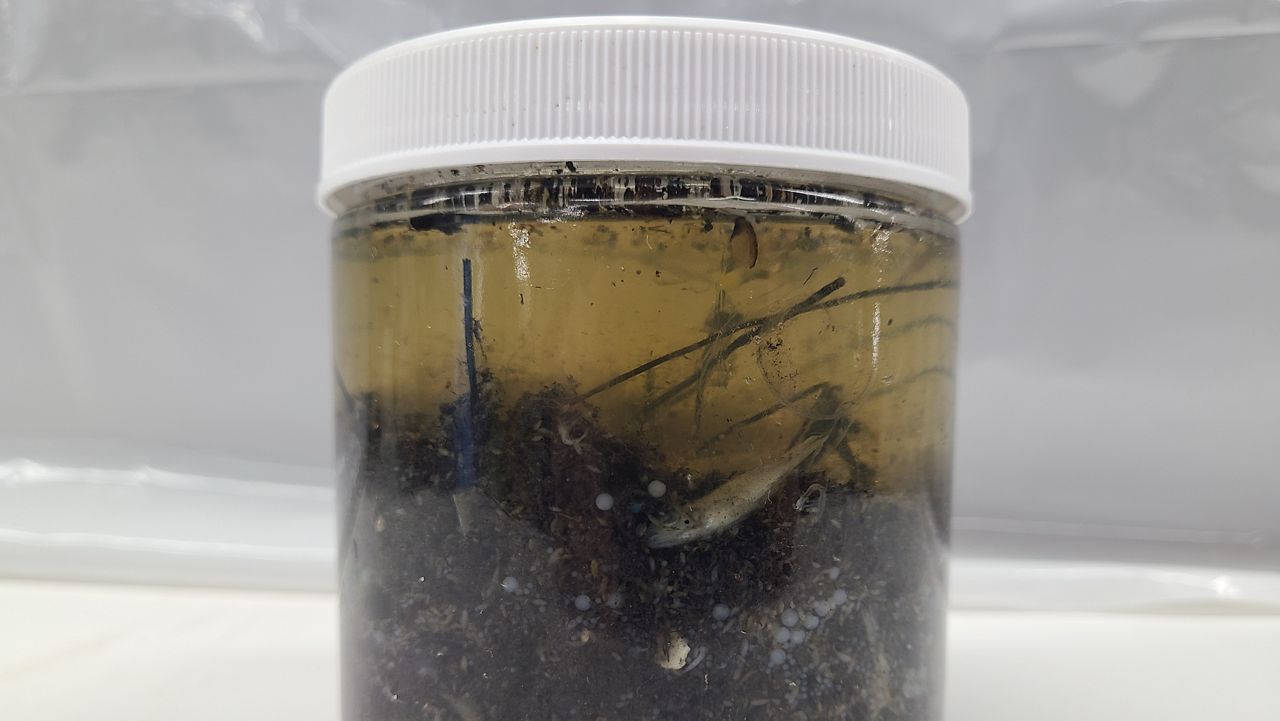Green Fashion's Dirty Secret: When Eco-Friendly Clothing Hurts the Planet

In a surprising twist, recent research reveals that eco-friendly textile innovations might be inadvertently fueling consumer overconsumption. While green technologies aim to reduce environmental impact, they could be creating an unintended consequence that undermines sustainability efforts.
Cutting-edge sustainable textile developments, designed to minimize ecological footprints, are paradoxically encouraging consumers to purchase more clothing. The psychological effect stems from consumers feeling less guilty about buying new items when they believe the products are environmentally responsible.
Researchers have discovered that the perception of "green" manufacturing processes creates a false sense of environmental virtue. This mental shortcut leads shoppers to rationalize increased purchasing, believing their choices are somehow less harmful to the planet.
The study highlights a critical challenge in sustainable fashion: technological innovations must not only reduce environmental impact but also address consumption behaviors. Simply creating greener products is not enough; we need comprehensive strategies that encourage mindful purchasing and long-term wardrobe sustainability.
As the fashion industry continues to evolve, understanding these complex consumer dynamics becomes crucial. The goal is to develop truly sustainable solutions that not only improve production methods but also transform how we think about and consume clothing.







